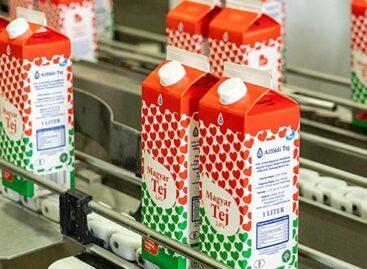Magazine: The ‘past 8 years’ and the ‘8 years which have almost passed’

Attila Udvardi
GKI
Between 2002 and 2016 the consumption level of Hungarian households increased by 14 percent – reported GKI Economic Research Zrt. This was the slowest growth rate if the Visegrád Four (V4) countries are considered, but in the 2016-2018 period consumption in Hungary is expected to increase faster than in the Czech Republic and Slovakia. Typically the consumption trends of Hungarian households follow the changes in real income with a little delay.
Between 2002 and 2016 the per capita consumption of Hungarian households, measured in euro and purchasing power standard (PPS), only got 4 percentage points closer to the average of the EU28. In the same period Slovakia neared the EU28 average by 28 percentage points in euro and by 23 percentage points in PPS. The same values were 11 and 18 percentage points for Poland and 14 and 11 percentage points for the Czech Republic.
According to data from the Central Statistical Office’s (KSH) household statistics database, the lowest three decimals of the Hungarian society in terms of income increased their per capita nominal consumption by 52-61 percent in 2003-2016, while the 6th-10th decimals’ consumption level augmented by more than 83 percent. This means that the gap grew between the low-income and high-income layers of society. What is more, this polarisation process even speeded up after 2010. //
Related news
Perceived price increase index remains high
🎧 Hallgasd a cikket: Lejátszás Szünet Folytatás Leállítás Nyelv: Auto…
Read more >The GKI business climate index closed 2025 at a one and a half year high
🎧 Hallgasd a cikket: Lejátszás Szünet Folytatás Leállítás Nyelv: Auto…
Read more >This is how humans and AI work together – the artificial intelligence revolution in the workplace
🎧 Hallgasd a cikket: Lejátszás Szünet Folytatás Leállítás Nyelv: Auto…
Read more >Related news
Crowds return to stores: margin cap and year-end preparations drive retail traffic
🎧 Hallgasd a cikket: Lejátszás Szünet Folytatás Leállítás Nyelv: Auto…
Read more >The kings of the New Year’s Eve list: hot dogs and champagne in abundance
🎧 Hallgasd a cikket: Lejátszás Szünet Folytatás Leállítás Nyelv: Auto…
Read more >The Alföldi Tej case is drifting towards an uncertain outcome
🎧 Hallgasd a cikket: Lejátszás Szünet Folytatás Leállítás Nyelv: Auto…
Read more >






